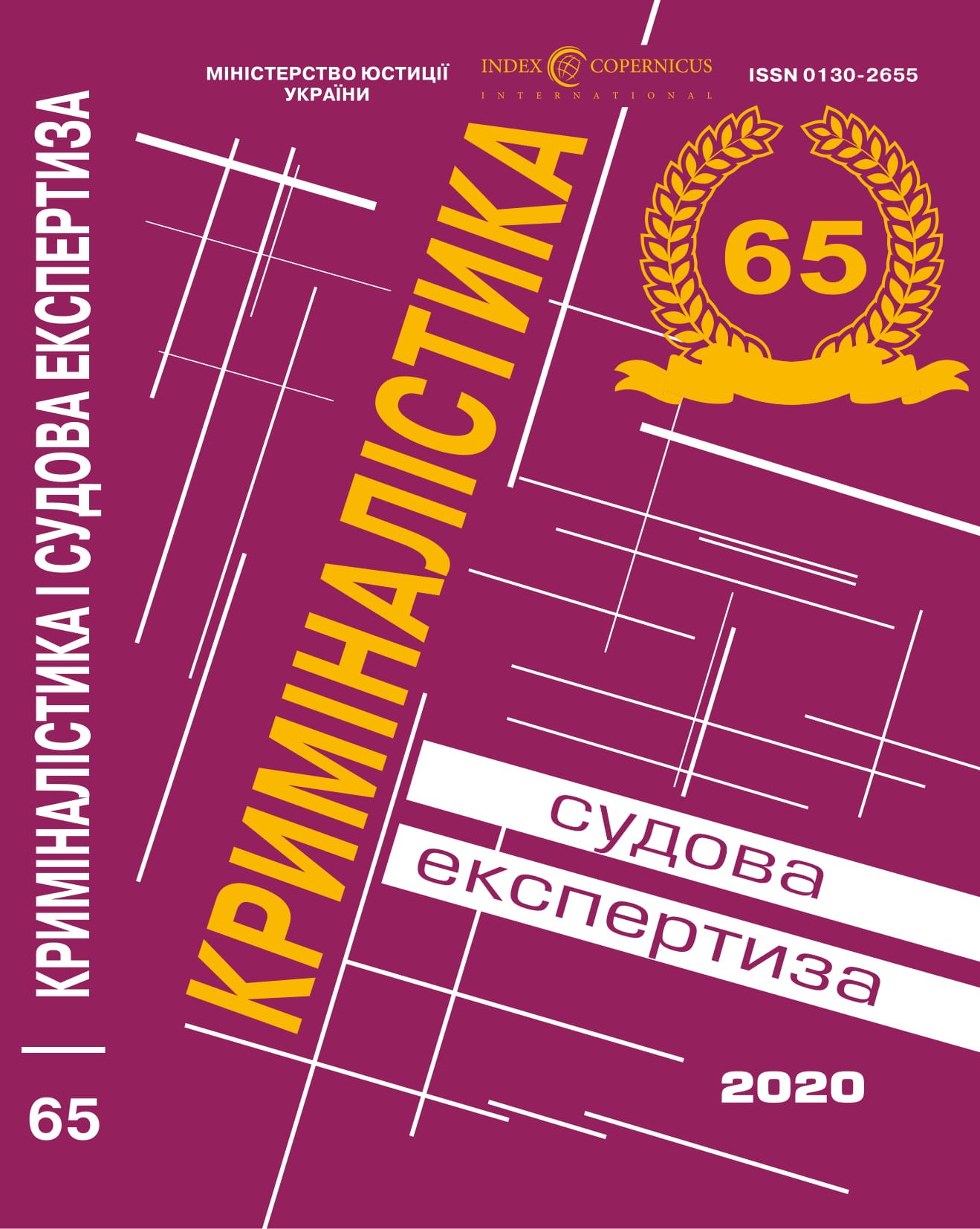
DOI: https://doi.org/10.33994/kndise.2020.65.66
I. Polishchuk, V. Koloniuk
The article consistently discusses basic terminology related to the forgery of works of art.
In particular, the phenomenon of attribution is explored, which means the definition of authenticity, authenticity of a work of art, its author, place and time of creation.
The concept of the original, which is generally referred to as the basis for reproduction, copying and reprocessing, is explored. Attention is drawn to the fact that in Ukrainian, law this term (original) is not defined, but it can be identified with the phrase “material object in which the work is embodied”. It is determined that the legislator uses the term work, axiomatically considers that the material object in which this work is first embodied, and is the original. It is stated that the legislator does not define the term work, but interprets such concepts as a work of architecture; a work of fine art; a work of applied art. In summary, it is important in this context to understand the distribution of copyright and ownership of the tangible object in which the work (original) is embodied. Issues of the category of “original” in engraving are covered.
Different levels of copy concept (doublet, replica, repetition) are considered.
It is established that the concept of art is the variant most similar to the derivative work in law, which is a creative alteration of another existing work without harming its protection. At the same time, the situation in which the variants of the work are performed by the author of the original, and when it comes to imitation, endorsement and shepherds, in which reference is made to already existing works of other persons, is delimited.
It has been found out that in addition to intentional fraud, there are many noncriminal reasons why a work of art may not be attributed to its original author.
On the basis of the conducted research, the author’s definition of fake work of art, which is a material object in which the work is embodied, the author (producer) and/or the time and place of creation (manufacture) of which is untrue, but was presented as such, and this is refuted by evidence that is beyond doubt – a complex art and technology – technological expertise, taking into account relevant research on provenance and ownership history.
Key words: work of art, attribution, original, engraving, copy, replica, repetition, variant, derivative work, appropriation, fake.










